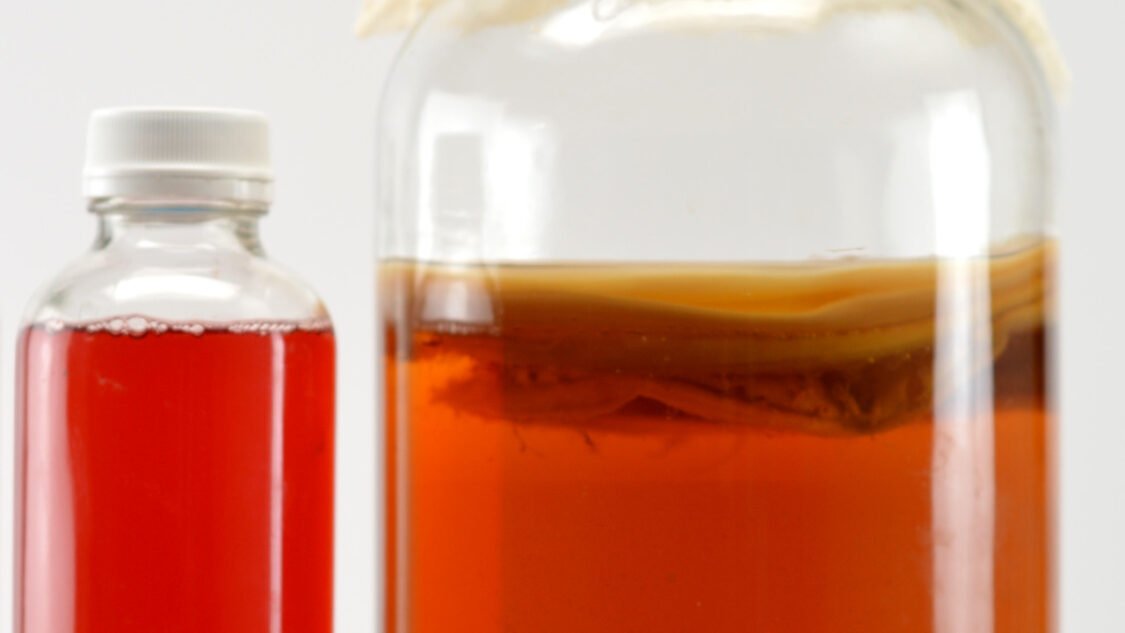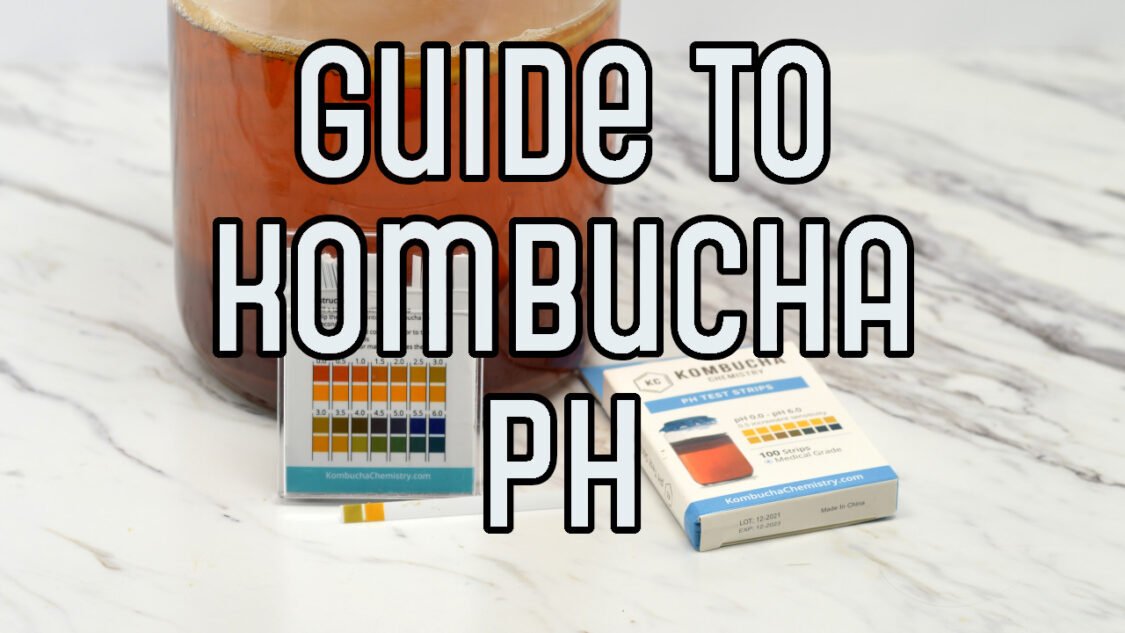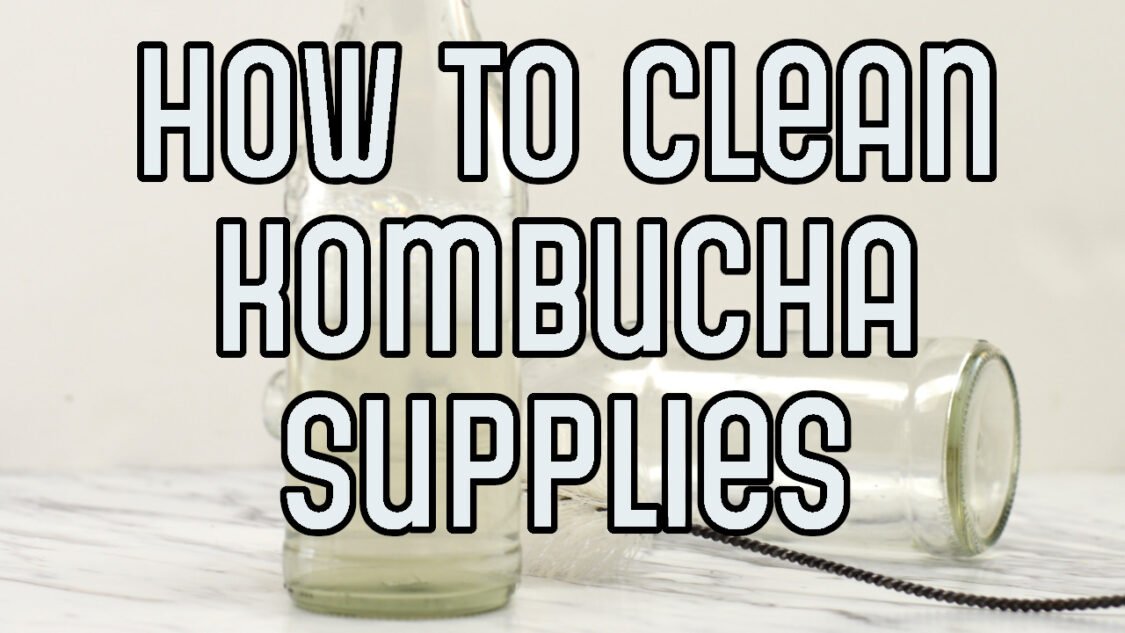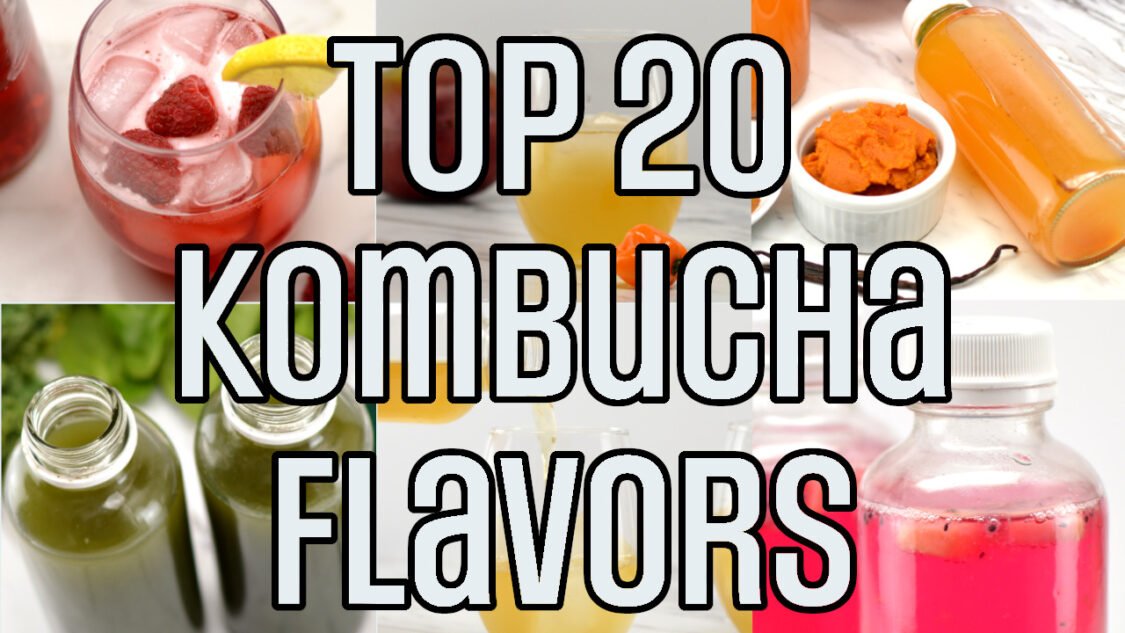How to fix vinegary Kombucha
Is your kombucha more sour or vinegary that you would like? This post will help you troubleshoot why it happened and provide ideas to fix vinegary kombucha.

Before we troubleshoot how troubleshoot how to fix vinegary kombucha, let’s first talk a bit more about the kombucha fermentation process to gain a better understanding of what contributes to the vinegary character in kombucha.
Why Kombucha Becomes Vinegary
As kombucha ferments, the acid content increases over time due to the activity of the yeast in the kombucha SCOBY consuming the sugars and tannins in the sweetened tea, transforming them into ethanol.
Bacteria then feed on this ethanol, turning it into a variety of acidic compounds that give kombucha its distinctively tart taste. Finished kombucha usually has a pH between 2.5 and 3.5 (the lower the pH, the more sour it is). Guide to Kombucha pH.
Sometimes, due to fermentation time or temperature, this process goes farther than planned resulting in extremely tart, vinegar-tasting kombucha. While this extra-tart kombucha is not unsafe (it’s actually filled with even more probiotics), the taste can be too intense for many people.
The fermentation of kombucha is similar to vinegar fermentation. It starts with yeast converting sugars into alcohol followed by the bacteria converting alcohol to organic acids.
Although there are differences in the chemical composition and fermentation processes between kombucha and vinegar, the general concept behind the symbiotic fermentations of yeast and bacteria are similar.
What Acids make kombucha tart?
There are three main organic acids formed during kombucha fermentation that contribute to it’s tart, almost vinegary character: acetic, glucuronic, and gluconic.
- Acetic Acid: The acid most associated with vinegar and the most abundant of acids in kombucha. It is produced by bacteria during fermentation and derived from their digestion of the ethanol.
- Glucuronic Acid: Based on a sugar molecule, glucose, glucuronic acid is a key building block for many of our bodily functions and is also critical to the metabolic pathways for all living things.
- Gluconic Acid: Also derived from glucose, gluconic acid is present in kombucha and also found naturally in honey, wine, & fruit. Gluconic Acid in our digestive tract helps support the vitality of our microbiome.
How to prevent vinegary kombucha
Brewing great kombucha is all about the balance between sweet and tart. Here are a few ways to prevent your kombucha from becoming too sour:
- Keep track of fermentation time. The longer your kombucha ferments, the more sour it will become, so your first step in preventing vinegary kombucha is simply to reduce the time first fermentation.
- If you plan on doing a second fermentation, you can safely end the first fermentation while the kombucha is still slightly sweet because the kombucha will continue to acidify during the second fermentation.
- Cool it. Fermentation occurs more quickly and completely under warmer conditions. Moving your fermentation to a cooler spot will slow it down and allow you to stop it when it’s to your liking. Kombucha should be fermented between 65-85°F (18-29°C).
- Fix the yeast balance. If you’ve tried the first three tips and your kombucha continues to ferment much faster than it’s supposed to, you may need to adjust the balance of yeast in your brew.
- Remove your SCOBY from the vessel and wash off the brown stringy bits (these are yeast!)
- Reduce yeast in starter liquid. The brown / black sediment at the bottom of your kombucha after fermentation is yeast. Although some of this yeast is important for bottling and your next batch, too much can make your kombucha ferment too quickly, resulting in a high acid content in a shorter time period.
- Steep your tea for less time. Yeast feeds on the tannins in the tea, and reducing these could help control overactive yeast.
- Use a new starter kombucha (for example store bought kombucha) to reintroduce a more balanced colony of bacteria and yeast.
You can monitor your kombucha by tasting it daily and deciding when the flavor balance is just right for you. Simply dip the open end of a straw in the kombucha, cover the open end with a finger and lift the straw out and uncover it letting the kombucha drain into a small glass (or your mouth).
Keeping good notes with dates and temperatures can help you learn how your SCOBY performs and when your kombucha is ready to flavor or drink.

How to fix vinegary kombucha
If you find yourself with kombucha that is too sour for your taste, what can you do to fix it?
- Neutralize the flavor with sweet flavors. Add fruit juice, honey/sugar, or pureed fruit to the Kombucha and move to a brief secondary fermentation. Sweetness counterbalances the acidic / sour profile
- Dilute with sparkling water, a soft drink, or even plain tap water. This reduces the sour character without adding sugar
I’ve had limited success fixing vinegary kombucha and chalked it up as a learning experience and found another use for it.
Ways to use vinegary kombucha
If you find your kombucha is still way too vinegary to drink. What can you do with over-fermented kombucha?
- Start a SCOBY hotel or a starter kombucha for your next batch.
- Make Kombucha vinegar: Let the kombucha continue fermenting to the point that it tastes like vinegar. Use kombucha vinegar anywhere you would normal vinegar such as:
- Use it as a marinade for proteins or vegetables
- Make a probiotic-rich Salad dressing
- Soak grains to make them more digestible.
- Use it to make homemade pickles
Helping you learn to brew kombucha, find inspiration for new kombucha flavors and use kombucha to make kombucha mocktails
The materials contained on this website are intended to be used for educational purposes only, and the website’s use is solely at your own risk. It is important to use good judgment when consuming kombucha. Never consume kombucha that looks, tastes, or smells unpleasant. Further, before consuming kombucha or any other fermented or cultured food, you should receive full medical clearance from a licensed physician. Author and publisher claim no responsibility to any person or entity for any liability, loss, or damage caused or alleged to be caused directly or indirectly as a result of the use, application, or interpretation of the material on this website.





